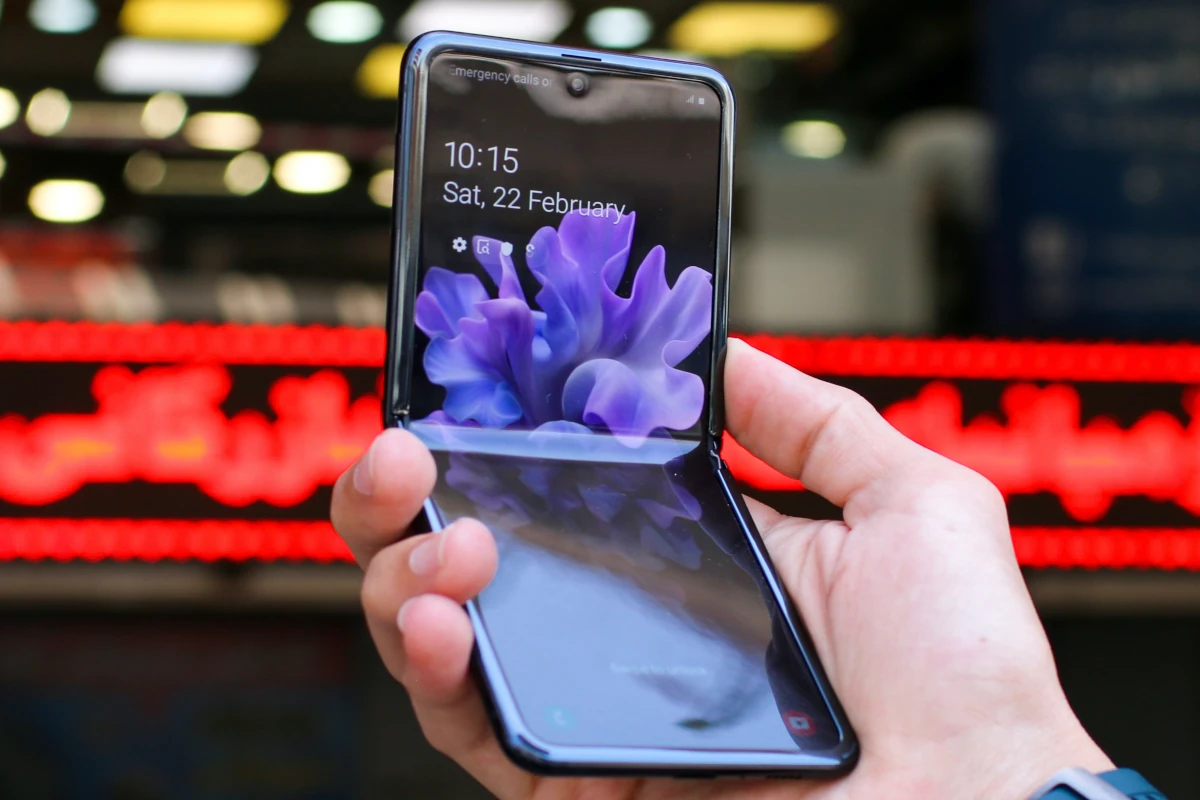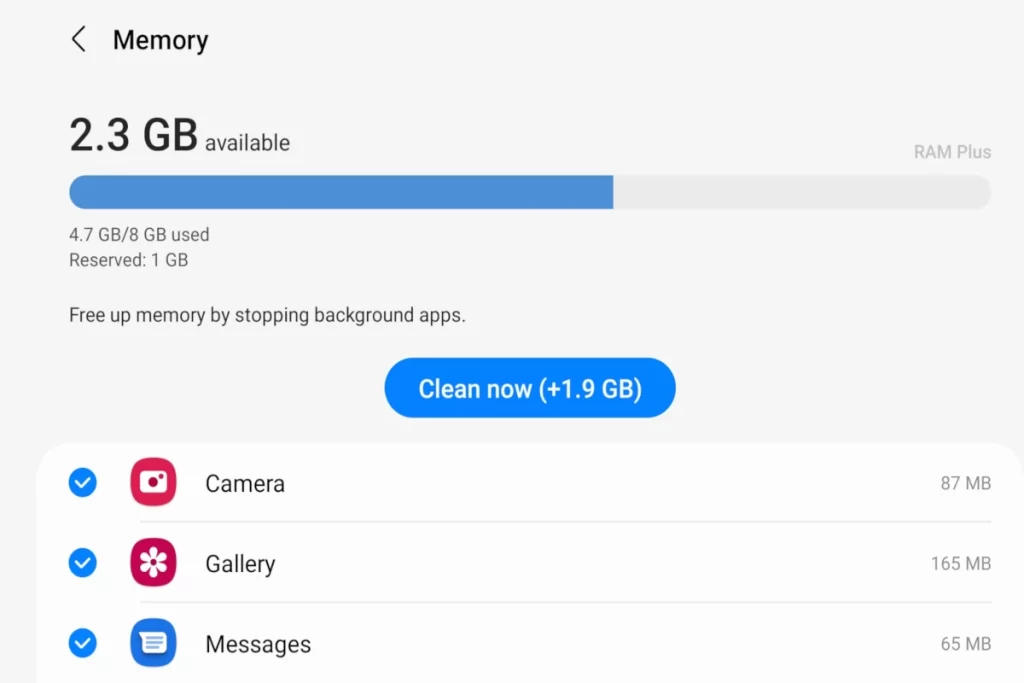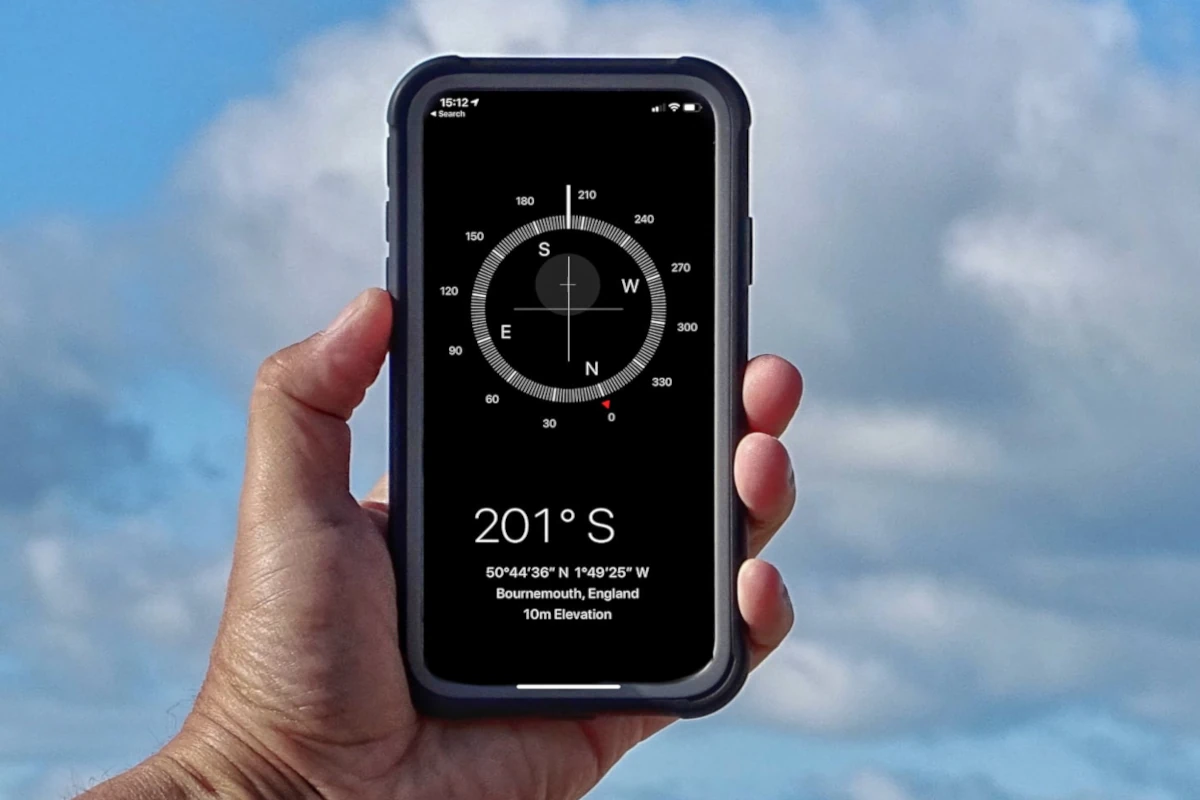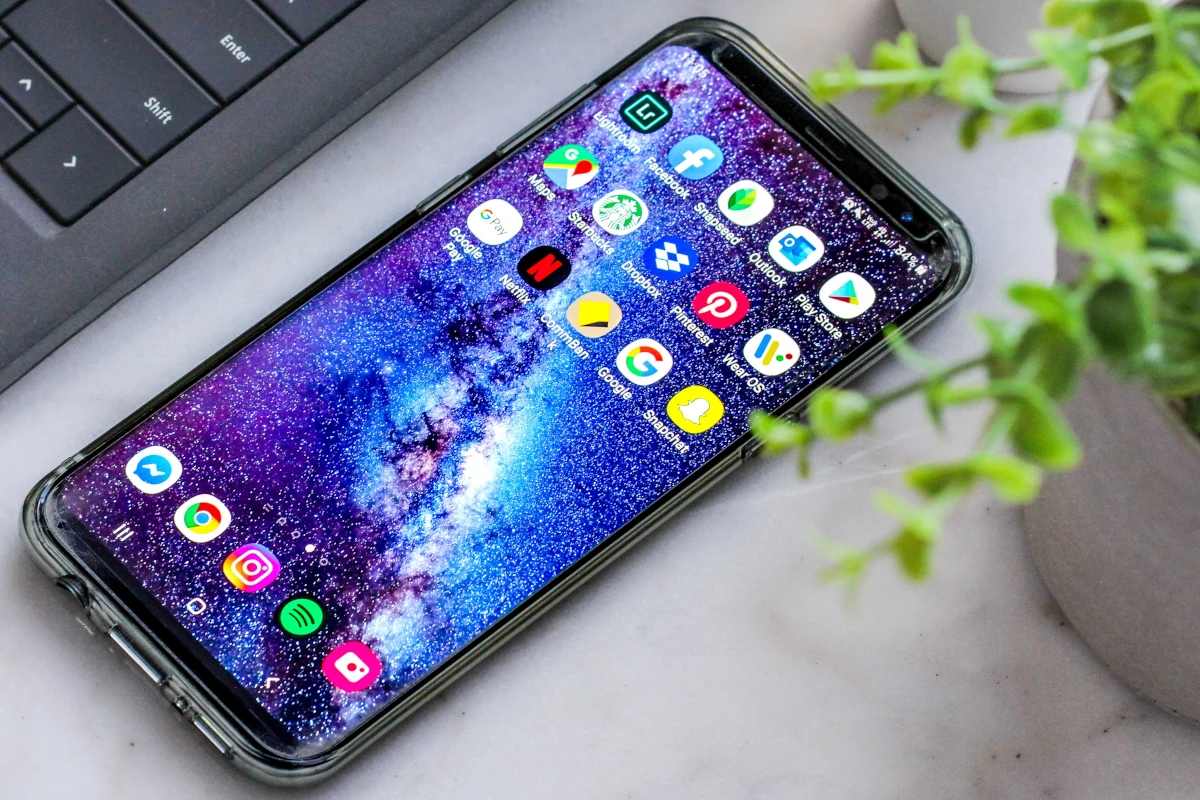One of AMOLED displays’ most recognized selling points is how they reportedly save power on dark mode.
However, with many people disputing this power-saving claim, the real facts are becoming even more ambiguous.
This makes us curious to know if dark mode on AMOLED actually saves smartphone battery?
Does AMOLED black saves battery
According to researchers, AMOLED dark mode will only affect the battery life of a smartphone at high brightness levels. So while AMOLED offers some power efficiency benefits, you shouldn’t buy an AMOLED display for more battery life. Unless you constantly use your phone at 100% brightness, you won’t notice a significant difference between AMOLED and LCD panels.

If you’ve invested extra to get a smartphone with an AMOLED display, you shouldn’t get disappointed yet. There are many advantages of display technology outside of the acclaimed battery-saving perk. This article will explore some of the benefits of AMOLED displays and why power efficiency is not one of them.
What Is AMOLED?
You can probably tell AMOLED is an acronym at first glance, but its meaning is not as easy to guess. AMOLED stands for Active Matrix Organic Light-Emitting Diodes, a relatively new display technology developed by Van Slyke for smartphones.
While AMOLED was initially invented for smartphones, the display technology has been spotted on TVs and laptops alike. Moreover, since AMOLED is an improvement on the existing OLED technology, it’s functionally better than OLED displays.
AMOLED works pixel-by-pixel to create a screen that displays brighter colors without consuming more power. However, this new and better technology doesn’t come with several disadvantages contributing to its low adoption rate.
When you weigh the advantages and disadvantages, it’s clear that AMOLED is a step in the right direction. The following sections will list these pros and cons to help you decide.
Advantages of AMOLED Displays
AMOLED may not have dramatic advantages in terms of power efficiency, but they’re the best display technology on the market. So if you’re looking to invest extra bucks on a phone with an AMOLED display, these advantages will justify your decision.
Here are some of the advantages of AMOLED displays that are nonexistent on equivalent LCDs:
Bright and colorful displays
AMOLED is the highest display technology you can get on any smartphone at the moment. So naturally, the best display technology should also have the best and brightest colors, shouldn’t it? With AMOLED, this theory is precisely the case.
Compared to the older LCD screens, AMOLEDs have a much wider color gamut, enabling them to display more colors. Also, AMOLEDs have a wider dynamic range than earlier display technologies because the pixels light up individually. While LCDs produce blacks by mixing different colors, the blacks on AMOLED displays result from zero light.
Power efficiency
This might be one of the most debated benefits of AMOLED displays, but there’s sufficient evidence to prove it. When you use an AMOLED display in dark mode, the device will consume less power, provided it meets certain conditions.
Since this article should be about this topic specifically, there’s no use going in-depth here. Instead, you’ll learn what science says about the battery-saving claims of AMOLED and if you should buy one for that.
Thinner and more attractive design
Thinner phones are always sleeker and more comfortable to hold. However, building a touchscreen display requires stacking up multiple screens, which leads to a bulky device. However, with the introduction of AMOLED, this problem has been fading away, albeit slowly.
The AMOLED display technology combines TFT and OLED in the same panel, making it as thin as possible. In addition, since these displays are self-illuminating, there is no need for a backlight source, bringing down the size even more.
The apparent advantage of this thinner size is a sleeker device, but it goes even further than that. For example, if your phone’s display were damaged during casual use, the all-in-one design would make it easier to replace.
Easier to produce
While this isn’t much of an advantage for the end-user, it’s also worth mentioning. AMOLED displays are easy to manufacture in any size, making them suitable display options for many devices. However, it’s crucial to avoid confusing easy-to-produce here with cheap.
While companies can mass produce AMOLED displays, it’s not in such high demand because it’s expensive. However, since it’s a better display technology than its predecessors, the costly price tag seems worthy.
Better for the eyes
Whenever an AMOLED display is supposed to display a dark black, it turns off any light to the pixel instead. These pixels aren’t lit up at all; they’ll emit net zero blue light to the user’s eyes.
Since blue light causes eye strain and damages your eyes, AMOLED displays should be better on the eyes. However, the advantages of AMOLED displays in terms of eye-friendliness depend on how you use your device.
It’s common knowledge that AMOLED displays get a lot brighter than LCD screens. So if you’re always using your smartphone at 100% brightness, your phone’s screen will affect your eyes regardless. However, if you keep the brightness settings low and use dark mode constantly, you can safely discard your glasses.
Does AMOLED Black Save Battery?
AMOLED displays may be significantly brighter or more color accurate than the average display, but most users don’t care. Most people can’t tell the difference between the colors on an LCD screen and an AMOLED anyway.
However, many people care about the battery life of their smartphones. Most phone manufacturers claim that AMOLED dark mode can help save battery — but are these claims valid?
The power efficiency claims of AMOLED displays haven’t been refuted until a recent study by researchers at Purdue University. While their findings don’t contradict the claims by manufacturers, AMOLED may not be as power-efficient as you think.
One clear proof that AMOLED is a battery-saving technology is the always-on display gaining popularity on Android smartphones. Since AMOLED displays don’t light up black pixels, the phone can display the time without any backlight. In short, AMOLED made always-on displays possible without nuking your smartphone battery on the first day.
However, outside always-on displays, the power efficiency difference between LCD and AMOLED displays isn’t very clear. Therefore, with all other factors being equal, your device’s battery will deplete at similar levels with either screen technology in use.
Notwithstanding, researchers at the University of Purdue discovered that the efficiency of AMOLED panels depends on your device’s brightness. You’ll see dramatic battery-saving in AMOLED dark mode if you crank the brightness up. However, leaving the brightness at normal levels will eliminate this superiority.
Since most people won’t be using their phones at 100% brightness, you shouldn’t buy AMOLED because it saves battery. Instead, you should go through the advantages of the technology above and find new arguments to justify your purchase decision.
Is AMOLED Good for the Eyes?
One of the oft-debated advantages of AMOLED displays is that they’re friendlier to the eyes. However, it’s already common knowledge that electronic gadget screens emit blue light, which can damage the eyes. So it’s only logical for later display technologies to be better for the eyes.
If your phone uses an AMOLED display, you can safely discard your blue light glasses. Compared to the previous LCD technology, AMOLED emits far less blue light at the same brightness level. However, a specific study reported more eye strain in people using AMOLED than people with LCD screens.
There are many justifications for more eye strain in AMOLED displays than LCD. Since AMOLED gets much brighter than LCD, people who use their phones at maximum brightness should expect eye strain.
Also, there are many different implementations of AMOLED, making it difficult to apply the advantages to every AMOLED display in existence. However, the AMOLED displays from Samsung are some of the best in the market, with a safety certification from VDE.
Before buying any gadget with an AMOLED display, it’s essential to read reviews about its screen. While you should expect less eye strain than from an LCD screen, you should also remember they’re not perfect.
Is Black Mode Good or Bad for Battery
When you enable battery saving mode on any device, it should automatically enable dark mode. Since everything that happens after enabling power saving mode saves battery somehow, you may associate power efficiency with dark mode.
The overall battery gain from the power efficiency of AMOLED displays depends primarily on your brightness level. While AMOLED does turn off the lighting for pixels displaying black colors, this doesn’t happen as frequently as you expect.
Unless the app developers optimized it specifically for black mode, your battery wouldn’t thank you for switching to dark mode. Also, most people I know don’t jump around their device’s settings, which is what benefits the most from dark mode.
Also, the total battery savings in dark mode depends on the device’s brightness level. Separate studies confirm that using your device at a reasonable brightness level won’t make any reasonable difference in battery consumption.



